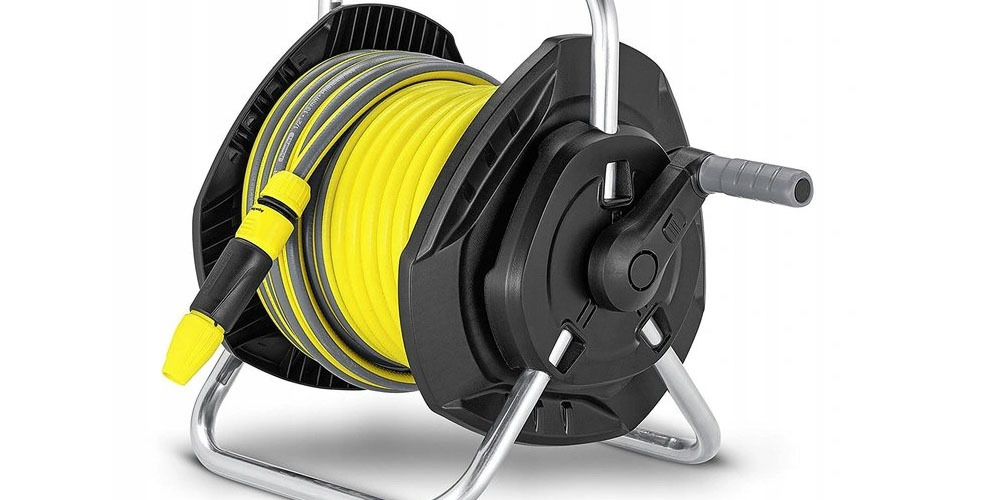Hose reels are not the cheapest gardening accessories on the market. A standard hose reel can cost you up to hundreds of dollars. However, with brands like Giraffe Tools, you can save money on the best hose reel products. Click (go deal) to take advantage of the deals on the best hose reels. In this excerpt, we discuss setting up and repairing hose reels.
Setting up a hose reel
Before anything else, the first thing you should do after purchasing a hose reel is to set it up. Below is a guide on how to do this.
- Prepare the hose reel- Start by assembling the product following the instructions on the manual. Note that this step may not be necessary if your hose reel manufacturer provides the hose while fully assembled.
- Choose the right spot and collect the right tools- ensure that the installation spot is close to the water faucet and application area. You will also need to gather the installation tools like a pair of pliers and screwdrivers.
- Install the mounting brackets- Next is installing the mounting plates and brackets. The user manual or instruction guide will come in handy when doing this.
- Mount the hose reel- after installing the components listed above, you can easily mount your hose reel. Ensure that all the parts are tight and secure.
- Attach the hose- using a connecting tool and pliers, attach your hose to the hose reel, then to the water source, then wind it.
Repairing your hose reel
Hose reels are bound to getting damaged after a while. Below are tips for repairing a damaged hose reel;
1. Inspect it and find out where the problem is
As much as you have already noticed that your product is faulty, the first thing you must do is inspecting the hose reel. This aims to pinpoint the exact area or component that needs to be repaired or replaced. Ensure that you look at each element, including the attachments, and check if they are functioning correctly.
2. Getting the replacement parts or repair tools
Once you have pinpointed the exact component or part that needs to be repaired, the next step is getting the replacement or repair tools. You will need a replacement part if the element has to be replaced. On the other hand, if the component is not severely damaged and can be repaired, you will need to gather the right tools for the process.
3. Disconnect your hose from the hose reel
Once you have figured out where the problem is and collected what you need, the next step is to detach the hose from the hose reel. You can do this by twisting the hose by hand or using pliers, depending on how tightly fit it is. Make sure you are very careful while doing this. The aim is to ensure that you do not damage any other components apart from the ones you wish to repair. You also do not want to break or stretch out the hose while doing this.
Conclusion
Once you have followed all the tips mentioned above, you can start the repair process. Depending on the severity of the damage, you may need professional assistance for the repair tasks. It is often wise to get professional help because you can avoid making the problem worse.
